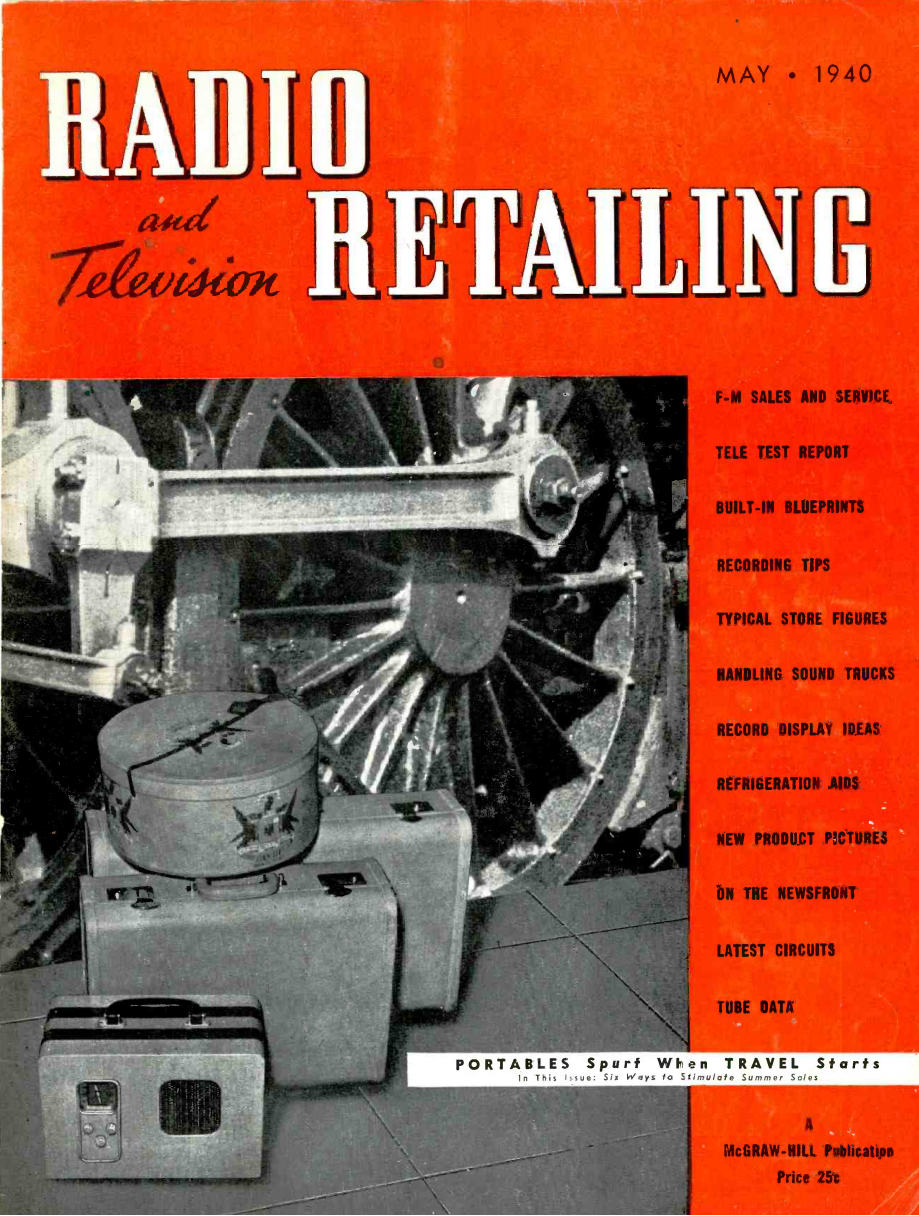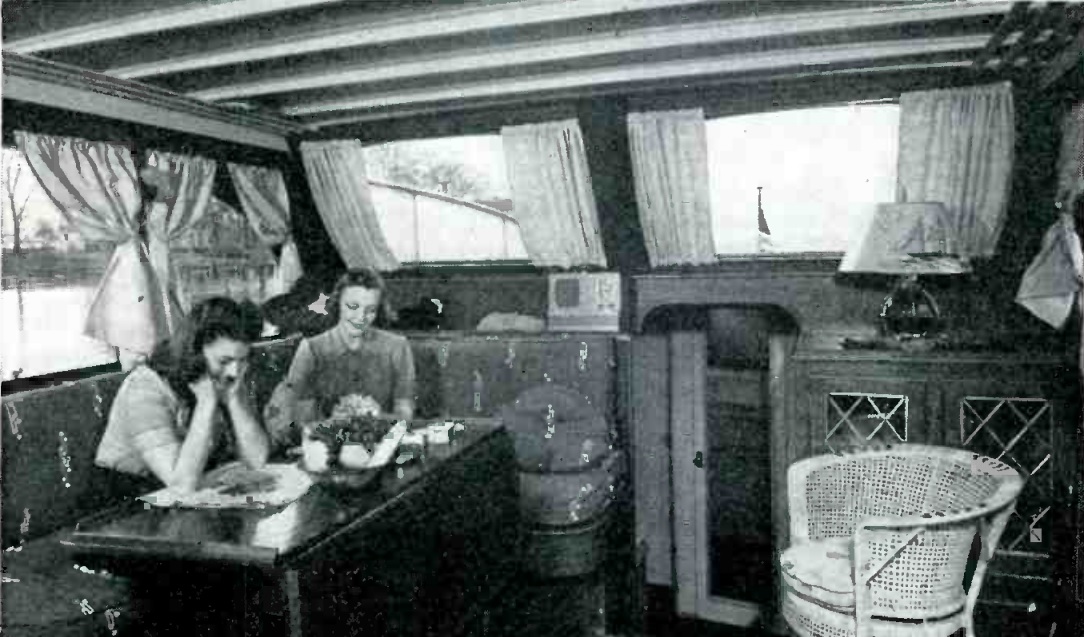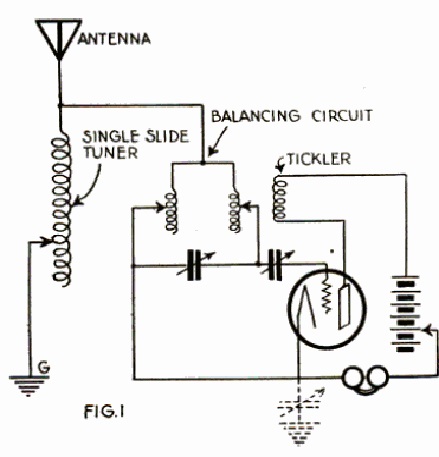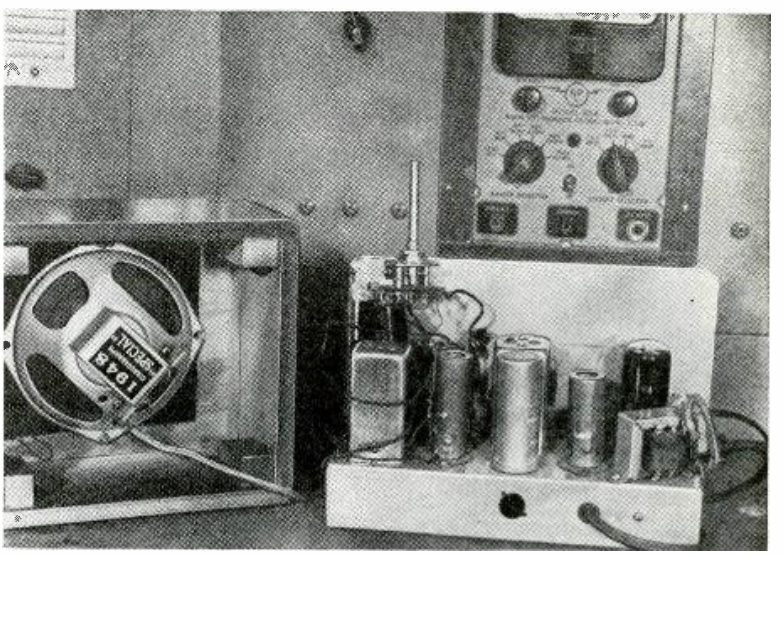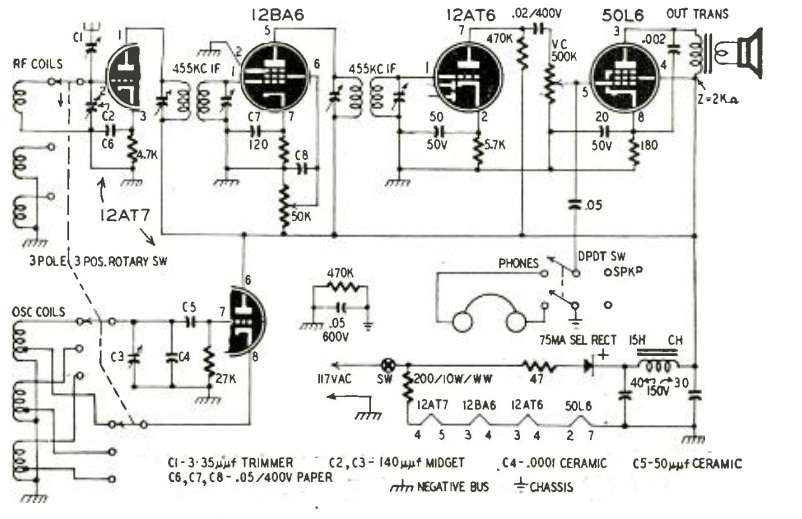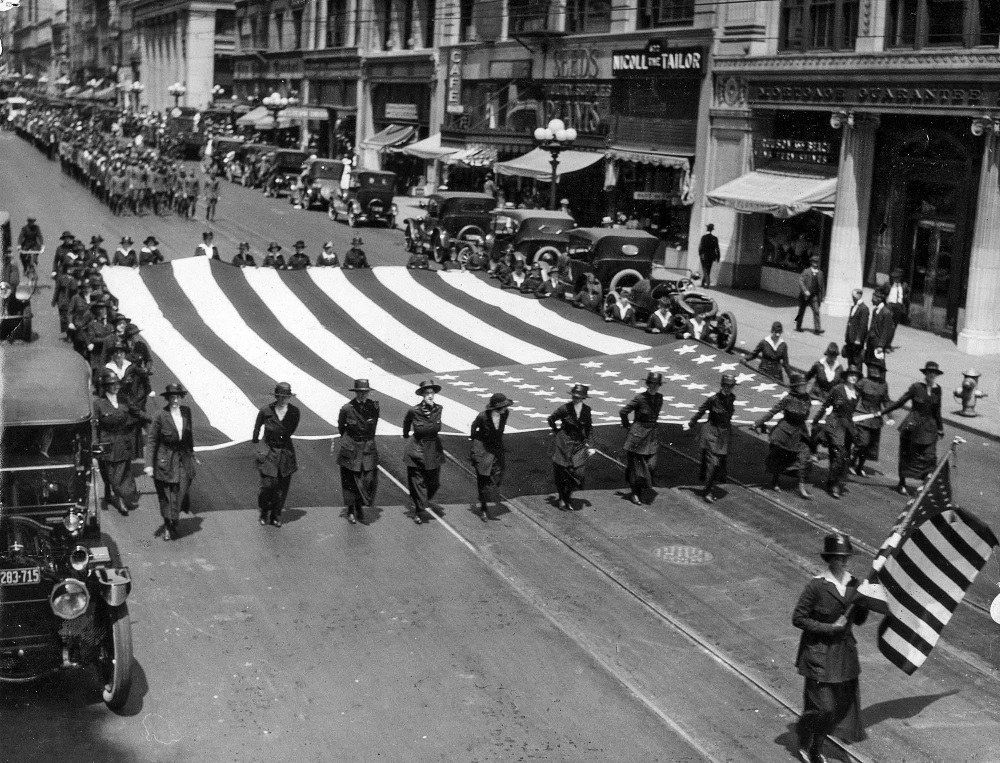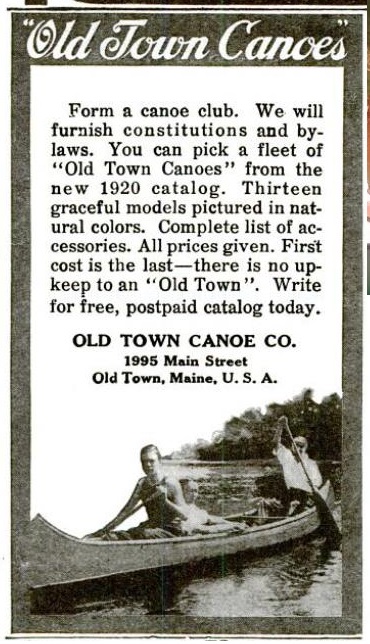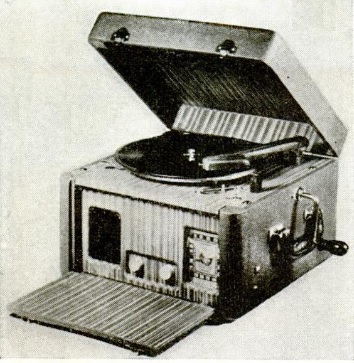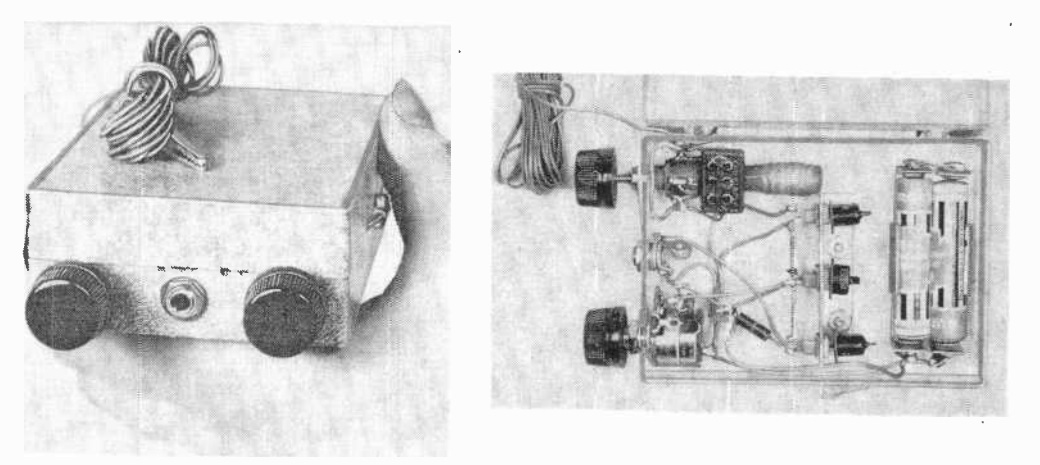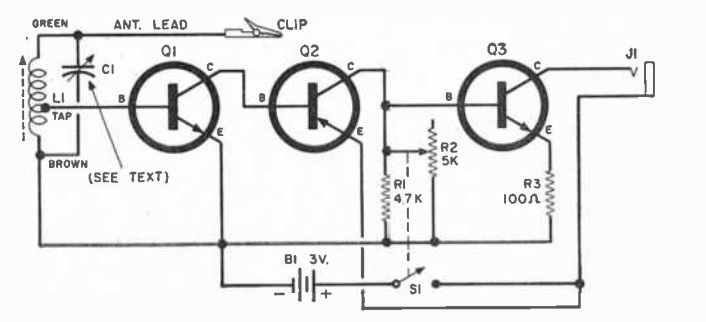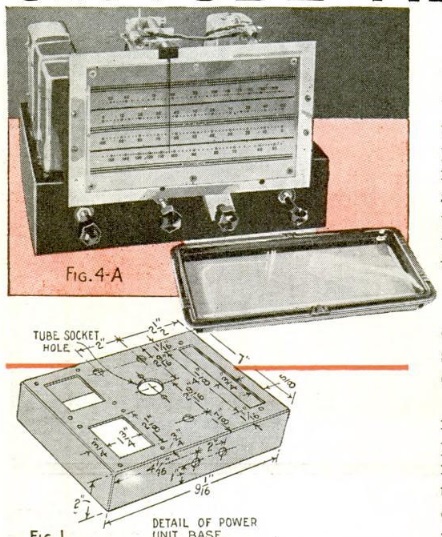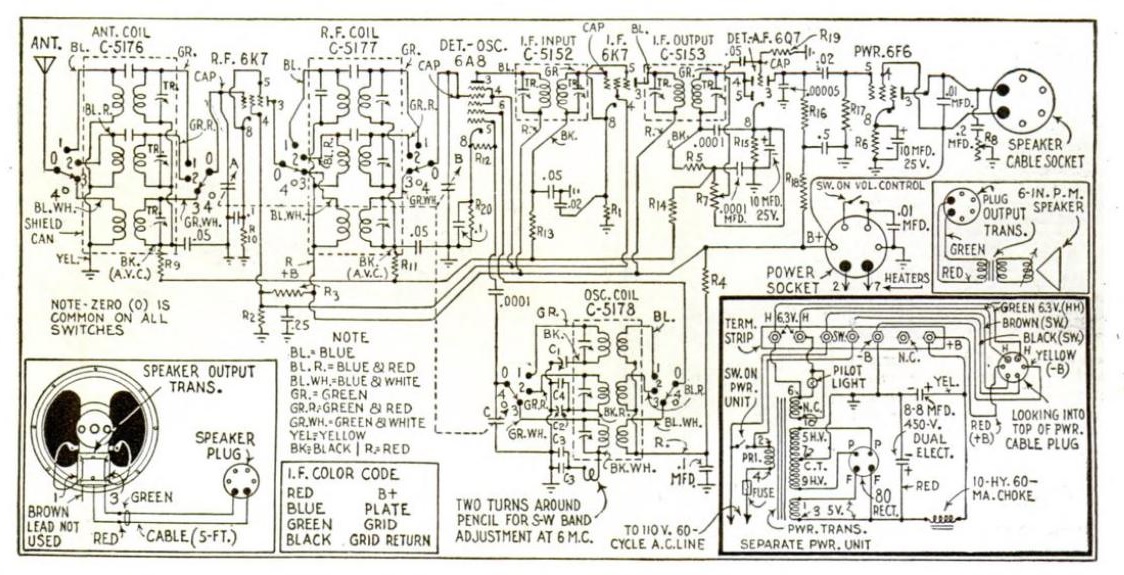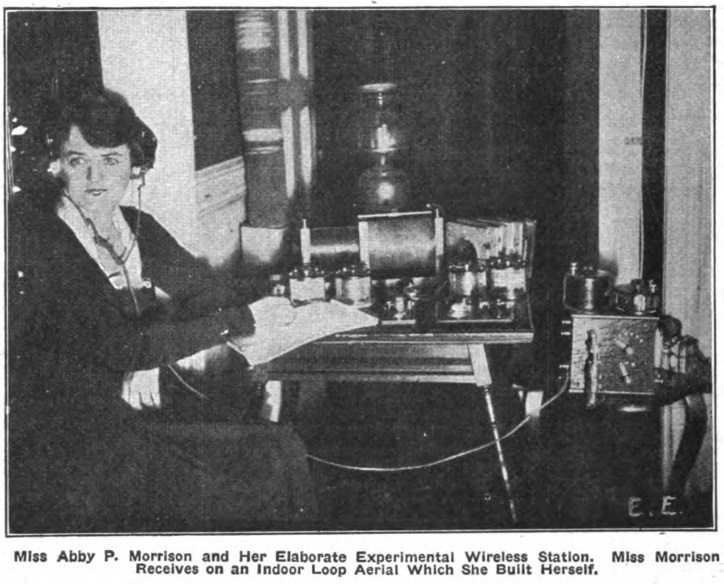 Shown here a hundred years ago this month, in the May 1920 issue of Electrical Experimenter, is radio pioneer Miss Abby P. Morrison, later Mrs. Abby Morrison Ricker. In the accompanying article, she described her radio set, which she reported gave her very satisfactory service.
Shown here a hundred years ago this month, in the May 1920 issue of Electrical Experimenter, is radio pioneer Miss Abby P. Morrison, later Mrs. Abby Morrison Ricker. In the accompanying article, she described her radio set, which she reported gave her very satisfactory service.
She had two loop antennas at her disposal, which allowed reception of local, Navy Yard, and ship signals on both 600 and 952 meters. She reported that she was able to pull in signals from ships a day or two out at sea, and from various ships up and down the coast. She employed both a crystal detector and an audion.
She doesn’t report having transmitted yet, but she did have a spark coil, rotary spark gap, and 1/4 kilowatt motor generator.
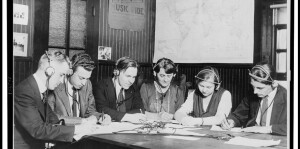 She’s shown in this picture (third from right) competing in a code competition in October 1921. By 1926, Miss Morrison is listed in Radio Broadcast magazine as being an Instructor in Radio at the Y.W.C.A., and one of the authors of “The Easy Course in Home Radio.” At some point, she was the author of a book entitled “Radio Operator’s Primer,” which she revised in 1943 under the title of “Radio Primer.” She submitted these books to General Electric in 1943, which returned them without acceptance. But in 1943, GE published a book entitled “The ABC’s or Radio,” which she alleged infringed her copyright. She sued, and the case was ultimately heard by the U.S. Court of Appeals for the Second Circuit.
She’s shown in this picture (third from right) competing in a code competition in October 1921. By 1926, Miss Morrison is listed in Radio Broadcast magazine as being an Instructor in Radio at the Y.W.C.A., and one of the authors of “The Easy Course in Home Radio.” At some point, she was the author of a book entitled “Radio Operator’s Primer,” which she revised in 1943 under the title of “Radio Primer.” She submitted these books to General Electric in 1943, which returned them without acceptance. But in 1943, GE published a book entitled “The ABC’s or Radio,” which she alleged infringed her copyright. She sued, and the case was ultimately heard by the U.S. Court of Appeals for the Second Circuit.
Unfortunately for her, the appeals court affirmed the summary judgment granted in favor of the defendant. Ricker v. General Electric Co., 162 F.2d 141 (2d Cir. 1947). The court held that it had examined the record carefully and found no similarities between the two books which could support a charge of plagiarism.
The court noted that “by a judicious process of selection of words extracted from sentences and from the surrounding context, she finds some repetitive expressions. Needless to say, this method is not convincing.” The court pointed out that “the obsessive conviction that all similarities are inevitably plagiarism is frequent among authors.” But the examples cited didn’t hold up.
Surprisingly, I wasn’t able to find much more information about this radio pioneer. In particular, I wasn’t able to determine whether she was ever licensed. In this 1927 directory of musicians, however, she is listed as a soprano who made her debut in Paris in 1925. It notes that she had sung “with San Carlo Opera company and at courts of England, Belgium, and Spain,” and had “appeared in recital and oratorio in New York.” I can’t determine the provenance, other than being an eBay listing, but the photo below apparently shows her in character in an opera in which she appeared.
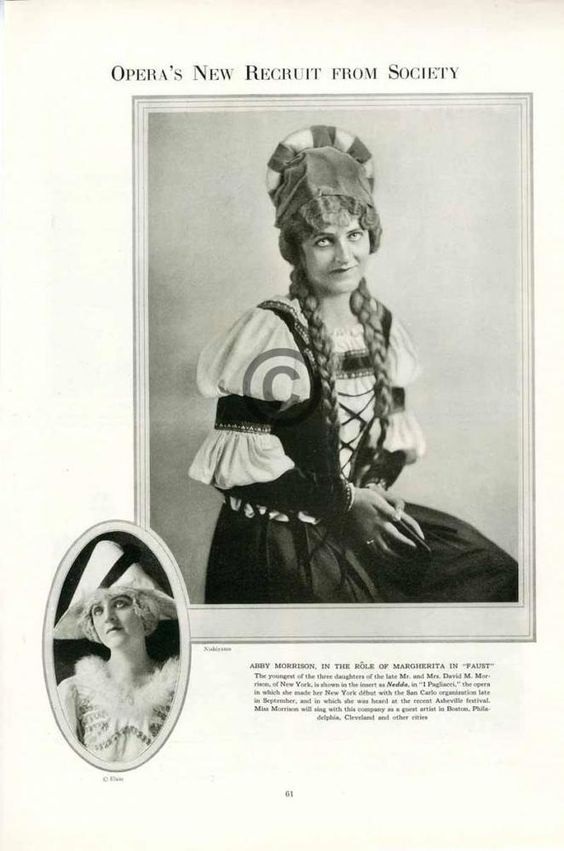
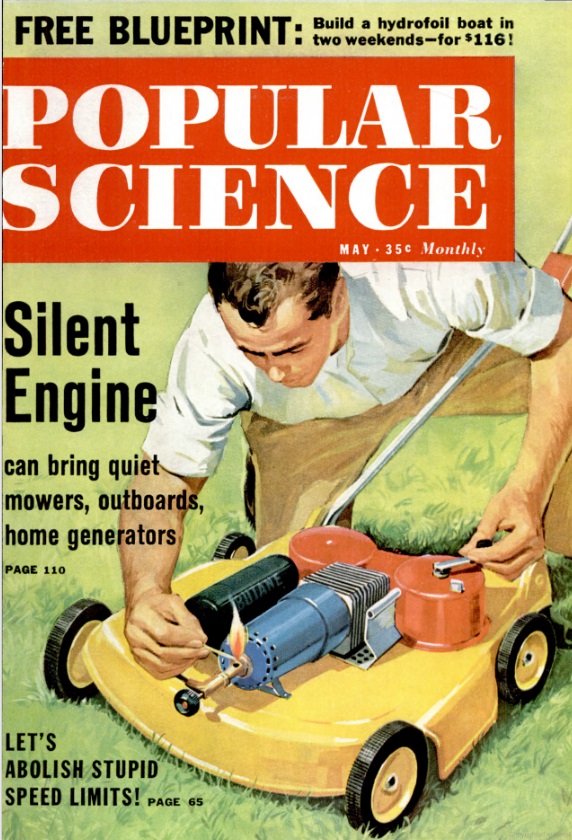 Sixty years ago this month, the May 1960 issue of Popular Science featured this as the next big thing, although it never quite caught on. It was a silent engine for the lawnmower, outboard motor, chain saw, or almost anything else. You would light it with a match. If using it with an outboard motor, it would probably be a good idea to bring along some waterproof matches to avoid rowing back to shore.
Sixty years ago this month, the May 1960 issue of Popular Science featured this as the next big thing, although it never quite caught on. It was a silent engine for the lawnmower, outboard motor, chain saw, or almost anything else. You would light it with a match. If using it with an outboard motor, it would probably be a good idea to bring along some waterproof matches to avoid rowing back to shore.Then engine was a variation on the Stirling engine, which alternately heats and cools air, deriving power from the differential pressures. The Wikipedia article is long and interesting, but the section entitled “Applications” is only three lines long, and doesn’t mention outboard motors, chain saws, or lawnmowers. You can buy a Stirling engine, such as the one shown at left, and in fact, we have one. It’s a very interesting novelty item, and we’ve even coaxed enough power out of it to light an LED. But it’s not something with many practical applications.


